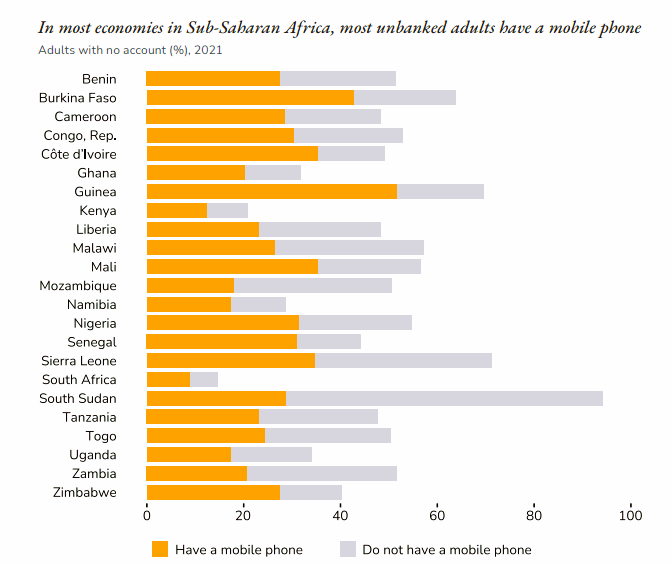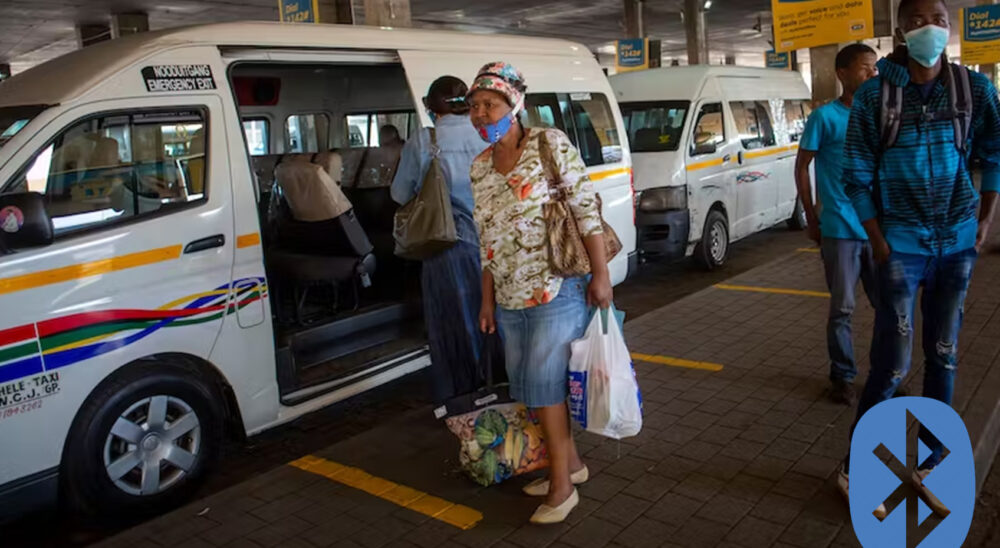The South African Taxi Recapitalisation Program now requires that every minibus taxi be equipped with cashless fare collection systems. Yet, the existing and previous attempts to introduce these systems have primarily relied on Euro Master Visa (EMV) cards. The downside? These cards tend to alienate a portion of the population that has been historically overlooked and underserved by financial institutions, primarily banks.
This glaring issue underscores the necessity for a more inclusive cashless fare system within the minibus taxi industry. Besides streamlining payments, this cashless fare collection system is intended to collect data on passenger movement, which can then be used for infrastructure planning and development.
In his research, Kudzai Tenderere, under supervision of Professor Thinus Booysen of the Department of Electrical and Electronic Engineering, addresses the shortcomings of past cashless payment solutions by developing a system that will allow passengers without access to bank accounts to pay for trips in minibus taxis. This data will help to determine the issuing of operator licences on routes and planning of infrastructure.
Background to the Research
Mobile phones have seen a substantial penetration rate among the African and South African populations. Therefore, mobile money emerged as the most suitable financial technology for historically marginalised and financially excluded individuals. It’s assumed that most minibus taxi passengers keep their Bluetooth devices on during their travels.
WhatsApp and Telegram have also become the go-to platforms for communication. As a result, the decision was made to roll out a cashless fare collection system via a Telegram Chatbot. This system would include passenger detection and tracking capabilities using Bluetooth.

Global Findex Database 2021; Gallup World Poll
The proposed Bluetooth-based passenger detection and tracking system was designed, implemented, and tested on several local minibus taxi trips. The data collected from these trips was analyzed to evaluate the reliability of Bluetooth for passenger detection and tracking.
However, the findings indicated that Bluetooth use among minibus taxi passengers wasn’t widely available or reliable enough to be used for passenger tracking and identification. Consequently, the cashless fare collection system was developed without the Bluetooth passenger tracking and identification subsystem.
Conceptual Design
Given the need for a passenger tracking and cashless fare collection system that doesn’t leave behind the underprivileged, the research proposes a system rooted in mobile technology. This system will handle both cashless fare collection and passenger identification and tracking.
The system will be split into a passenger identification and tracking subsystem and a cashless fare collection subsystem and will work as follows: As soon as a passenger steps into a taxi, the system identifies them and sends a payment notification to their mobile phone. After receiving the notification, the passenger pays their fare via their phone. The driver can monitor these payments in real time.

Generic proposed solution
The Results
A new cashless fare payment system has been created to include disadvantaged and unbanked individuals, aids in accurately calculating farebox revenue for subsidies, and facilitates tax payments by taxi owners and drivers.
It can also handle cash-based micro-transactions in Sub-Saharan Africa’s informal sectors. Retailers and drivers can add products and fares, respectively to a chatbot, allowing buyers and passengers to select and pay digitally, integrating the underprivileged into the digital economy.
The results from this study showed that Classic Bluetooth in mobile phones is not reliable for passenger tracking and identification. However, Bluetooth Low Energy (BLE) can be used reliably but it is currently expensive for passenger tracking and identification. Given the expensiveness of BLE, and the need for a passenger tracking and identification technology, future work will focus on finding better ways to implement BLE and finding another technology to implement passenger tracking and identification.
Download and read the full research at: https://scholar.sun.ac.za/handle/10019.1/127213





